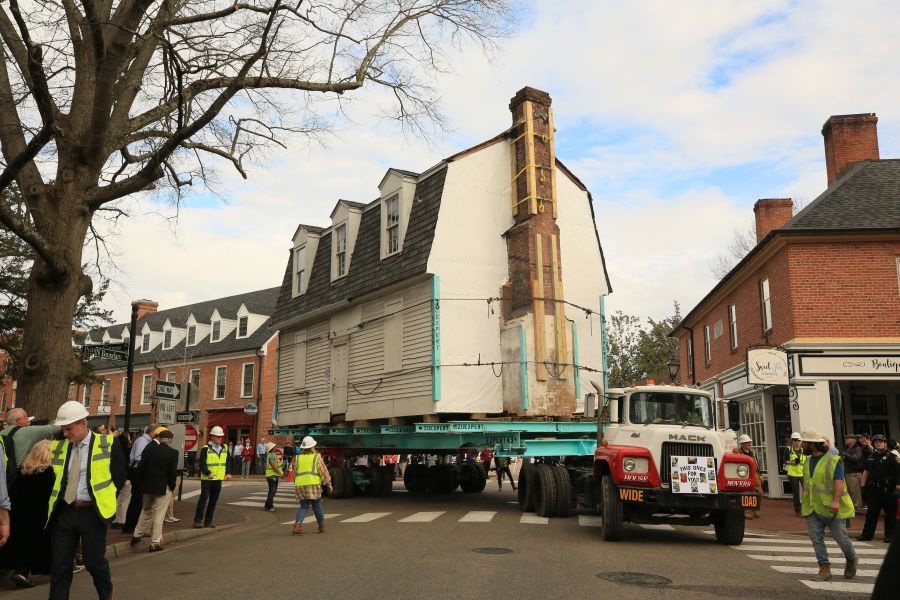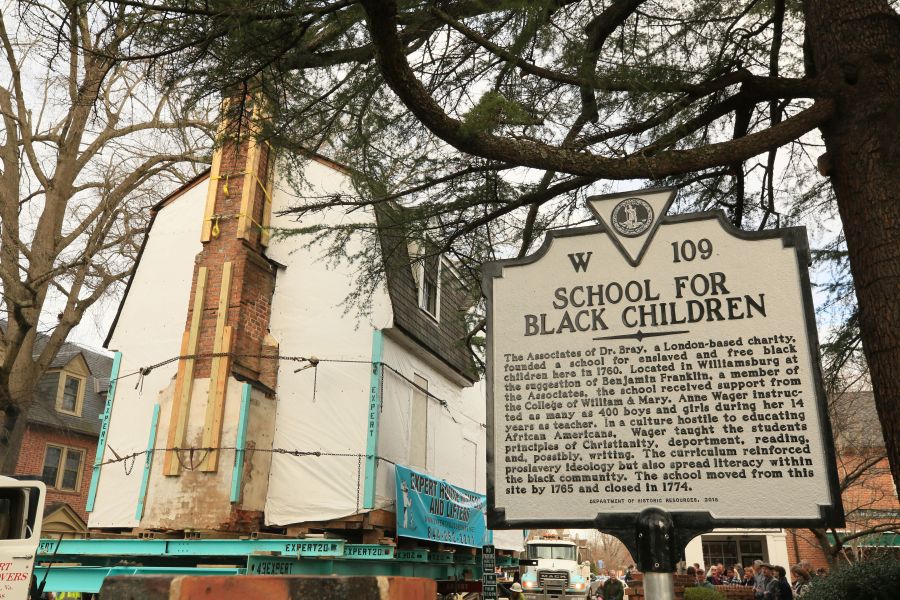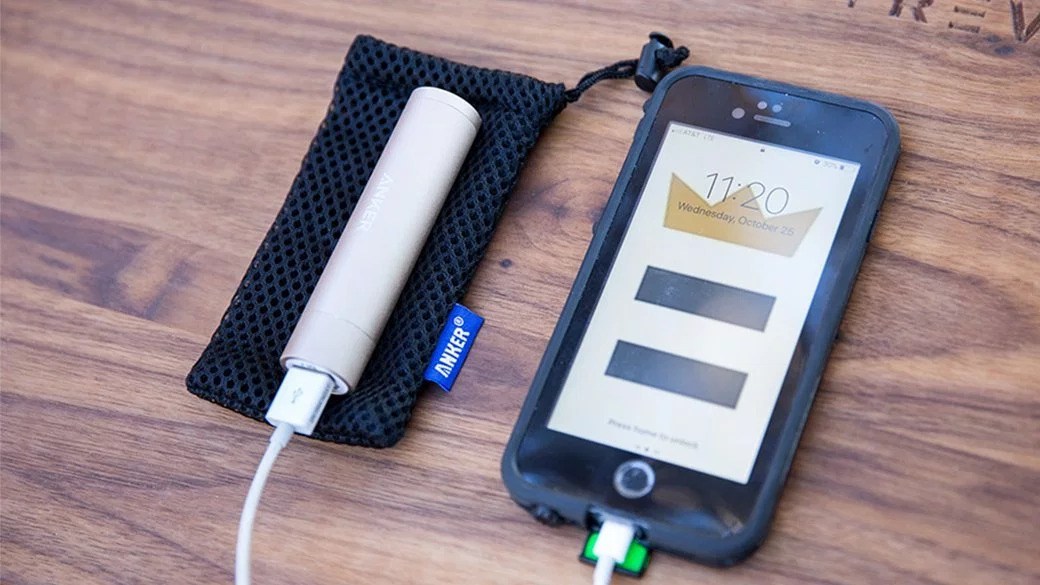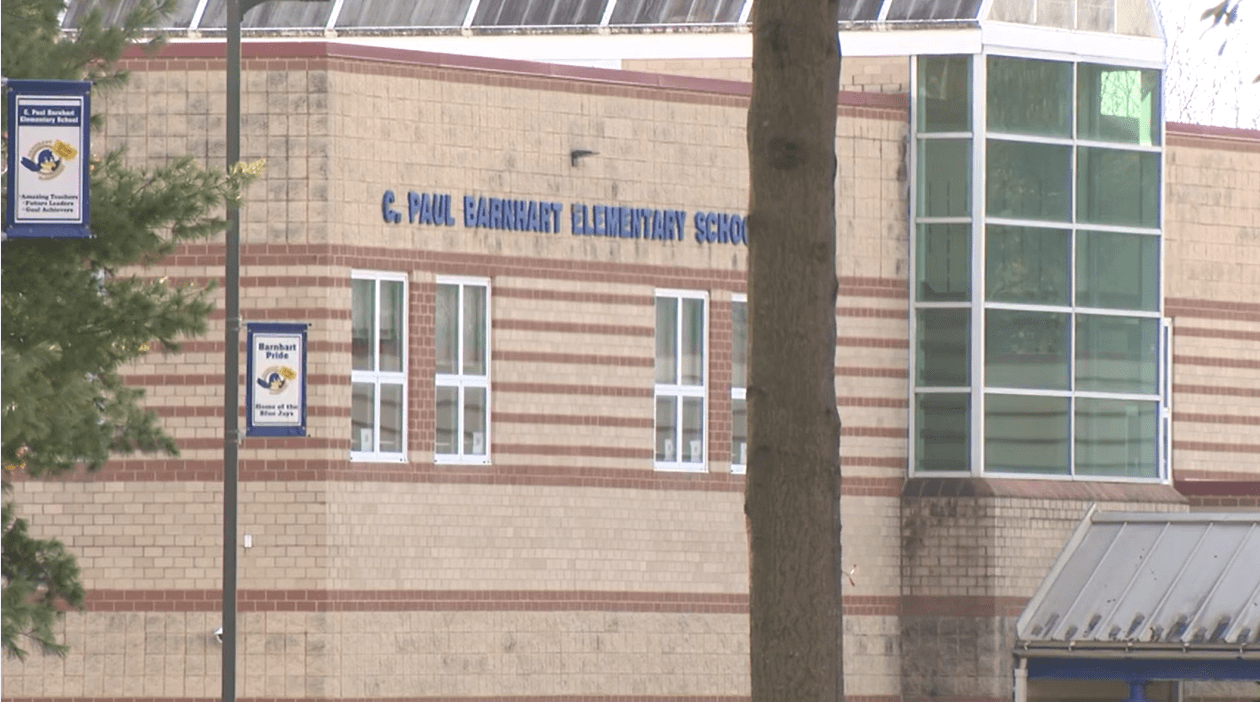WILLIAMSBURG, Va. (WAVY) – The historic 18th-century Williamsburg Bray School building, likely the oldest building dedicated to the education of Black children, was relocated Friday from the William & Mary campus to Colonial Williamsburg.
Hundreds of people lined the streets to celebrate its slow-speed trip into the heart of the living history museum, which tells the story of Virginia’s colonial capital through interpreters and restored buildings.
The college and the foundation on Friday commemorated the building and its history during a ceremony attended by Gov. Glenn Youngkin, Colonial Williamsburg President and CEO Cliff Fleet, Williamsburg Mayor Doug Pons and others.
The moving of the Bray School is part of Colonial Williamsburg’s ongoing reckoning over its past storytelling of Black history and the nation’s origin story. The museum was founded in 1926 but did not tell Black stories until 1979.
In 2021, it uncovered the brick foundation of one of the nation’s oldest Black churches. Last year, archeologists began to excavate graves at the site.
The Bray School’s new location is right next door.
For Tonia Merideth, the Bray School Lab’s oral historian, the building stirred up many emotions upon her first visit. It was material proof against the narrative that her ancestors were illiterate and dumb.
“Everything that I learned about my ancestors was wrong,” she said. “They could learn. They did learn. They were able.”
Merideth added: “Regardless of the intentions of the school, the children were still taking that education and possibly serving it for their own good and aiding in their community.”
For historians and descendants alike, the Bray School contradicts the belief that all enslaved Americans were uneducated. But the school’s faith-based curriculum — created by an English charity — also justified slavery and encouraged students to accept their fate as God’s plan.
“Religion was at the heart of the school, and it was not a gospel of abolition,” said Maureen Elgersman Lee, director of William & Mary’s Bray School Lab.
“There was this need to proselytize and to bring salvation while still not doing anything to destabilize the institution of slavery,” Lee said. “Save the soul, but continue to enslave the body. It was the here versus the hereafter.”
Both the Colonial Williamsburg Foundation and William & Mary were responsible for uncovering the identity of the building in 2021 through the use of dendrochronology, a scientific method that examines tree rings in lumber to determine the wood’s harvest date.
“This is a remarkable story of survival,” said Matthew Webster, Colonial Williamsburg’s executive director of architectural preservation and research. “And for us, it’s so important to put it back (to its original state) and tell the full and true story.”
The Bray School was exceptional: Although Virginia waited until the 1800s to impose anti-literacy laws, white leaders across much of Colonial America forbid educating enslaved people, fearing literacy would encourage their liberty. South Carolina criminalized teaching slaves to write English in 1740.
Inside the schoolhouse, the original post at the bottom of the walnut staircase still stands, its square top rounded and nicked from centuries of use, Webster said, adding that it’s a “very powerful piece for a lot of people.”


“The Bray School has so much to teach us about our nation’s history, and many who shaped it,” William & Mary President Katherine A. Rowe. “The Williamsburg Bray School Initiative, and research projects like it, are foundational to William & Mary’s core mission. We are fortunate to have great partners at Colonial Williamsburg and in the local community to help us tell its story.”

The Bray School was established in 1760 at the recommendation of Benjamin Franklin, chairman of a London-based Anglican charity named after philanthropist Reverend Thomas Bray. The charity also set up schools in other cities, including New York and Philadelphia.
The curriculum ranged from spellers to the Book of Common Prayer. But even within the schools’ paternalistic framework, the education could still be empowering, perhaps even subversive.
“I was going through a facsimile of one of the books, and there are words like ‘liberty,’” Lee said. “What did learning those words do to expand these children’s sense of themselves? Their sense of the world?”
The Williamsburg Bray School is scheduled to open to the public in September 2024 to commemorate the 250th anniversary of the school’s closing.
“We’re going back and we’re getting that school and we’re getting that legacy,” Merideth said. “And we’re bringing it back to the historic area.”










































































































